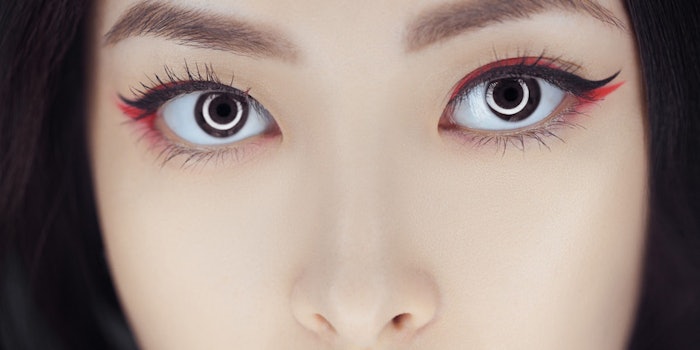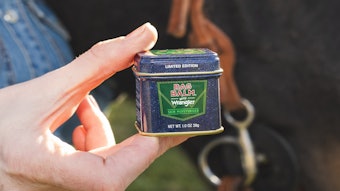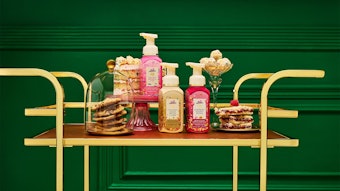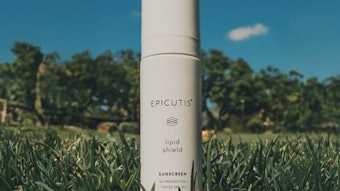
How do you create money-making innovation and not a museum piece, as well as something editors and industry experts will respond to as truly breakthrough? Ginger King will present her innovation expertise live at Beauty Accelerate, a product innovation and insights event taking place on October 15, 2019, in New York. King will offer insights based on her role as a judge for Allure Magazine’s Breakthrough Product Award, including the criteria and review process. Register now at www.beautyaccelerate.com.
Ever since the craze of K-beauty and J-beauty stormed the global industry, it seems the entire world is looking at Asian innovation. The textures are amazing and the packaging is super-cute. While the vast numbers of SKUs, product types and brands can be daunting, Asian beauty’s core concepts are quite simple to capture.
Origins of Asian Beauty Products
It is taboo to ask women from Asia “how old are you?” because ageism still plays a big role in the region. As a result, keeping the appearance youth is paramount, whether a woman is looking for a job or love. That’s why you often can’t tell how old the Asian lady sitting next to you is.
Outsiders may assume that Asian women tend to look young because of genetic factors, but is that really the reason? When it comes to skin, there are intrinsic and extrinsic factors that may affect how one looks. This author believes the external influence of how Asian women take care of their skin outweighs any genetic factors.
In fact, there are some studies that suggest Asian skin actually makes it uniquely sensitive to products. For instance, a report from A.V. Rawlings noteda, “several studies indicate that Asian skin maybe more sensitive to exogenous chemicals probably due to a thinner SC [stratum corneum] and higher eccrine gland density.”
So, if Asians do not necessarily possess the beauty genes, what can other markets learn from the secrets of Asian beauty and how can those concepts be adapted to Western culture so everyone can look amazing?
Decoding the 3 Keys
Most of us have heard about the numerous steps Asian women go through to take care of their skin. Steps may involve double cleansing with oil and foaming cleanser, followed by the application of an exfoliator, toner, essence, lotion, moisturizer, sheet mask and sunscreen for day and a night pack before bed, plus weekly massage cream.
It is impractical for Westerners to literally adapt the routine due to many cultural and lifestyle factors. To resolve that challenge, let’s instead boil down the essence of Asian women’s routines and how other markets can apply those insights to new product creation. After all, while Asian women buy numerous SKUs, their purpose can be reduced down to three simple keys.
1. Moisture-locking
Women from Asia understand the importance of locking in the skin’s moisture like a plump grape. This is the purpose of all the toners, essences, serums and moisturizers they apply.
Due to the region’s hot and humid weather, formulation in Asia tends to be light and often contains alcohol for a cooling sensation, as well as preservation. Because alcohol can be drying, women rely on multiple steps of moisture-locking product to make sure their skin looks dewy—or, in American parlance, radiant.
Instead of creating multiple SKUs of product, focus on one product that really delivers mega moisture-locking functionality. That way, you fulfill Eastern women’s desire for moisture-locking and solve the time issue of most Western women. If you can deliver a moisture miracle with proven results that outperform multiple steps of toner, essence, serum and moisturizer in one product, you have a winner!
This concept fits the trend of skip care—skipping some products without losing the benefits. For example, a consumer can use an essence to replace a serum and a moisturizer, if their skin is normal or normal-to-oily.
2. Skin Brightening
There is a deeply rooted cultural perception in Asia that associates darker skin tones with low-status farm laborb. There is a saying that you can have ugly features, but if you have white skin you are still considered beautiful.
For many Asians, “whiteness” is not enough. People instead go for skin transparency. The beauty ideal of the region is clear and smooth skin, or what the Koreans call “glass skin.” For the Western world, transparent glass skin translates to flawless, even-toned and smooth complexions.
To achieve skin brightening, Asian women first focus on preventing sun damage by applying sunscreen daily, using a sunbrella (something you rarely see a non-Asian woman doing) and covering up every inch of skin. The use of vitamin C and licorice extracts (to address issues such as hyperpigmentation) is also prevalent in keeping skin brighter.
Consumers in Asia prefer familiar ingredients for skin brightening. For example, green tea is a staple of life and has strong antioxidant property. Rice is a fabulous skin exfoliating brightener and, with fermentation, delivers benefits to skin even more efficiently.
Western product developers can learn from this by using ingredients that are popular in the local culture and deliver brightening benefits, including coffee (in place of tea) for antioxidants and yogurt for exfoliation. Use of regional products often can reflect upon the regional culture story and give a new twist to existing products.
3. All About the Lips
“Your chi se is good,” is a common compliment in Asian cultures. Chi is usually a reflection of a person’s overall brightened complexion, while se is in reference lip color. Therefore, if your face and lip color look good, you look well.
Mascaras are likely to be the most important makeup items in the West because of generally light lash color, especially on the lash tips. Therefore, mascaras are the common makeup magicians. In Asia, lipsticks are queen.
Great Innovation is Universal
Product developers are not in the beauty industry to envy the other side of the world and blindly adopt its concepts. What can really impact consumers is looking at what problems Asian beauty products are designed to target and come out with better solutions that require less time and money for consumer.
It takes time to change beauty habits, but if you can prove that your breakthrough product can solve the problems of many, you have got a winner that can potentially cover both the Eastern and Western worlds.
Footnotes
aAV Rawlings, “Ethnic skin types: are there differences in skin structure and function?” Int J Cosmet Sci, 28(2), 79-93 (2006)
bRead more about the cultural drivers behind skin brightening in Curt Altman’s “Lessons from the Korean Skin Care Market” in the November 2015 issue of Global Cosmetic Industry; http://gcimagazine.texterity.com/gcimagazine/november
About the author:
Ginger King is an award-winning cosmetic chemist, makeup artist, skin care expert, podcaster, author and professor who has worked in raw material sales, formulation, contract manufacturing, product development and marketing all within the beauty industry. King is often quoted by beauty magazines and serves as the breakthrough judge for Allure Magazine.










